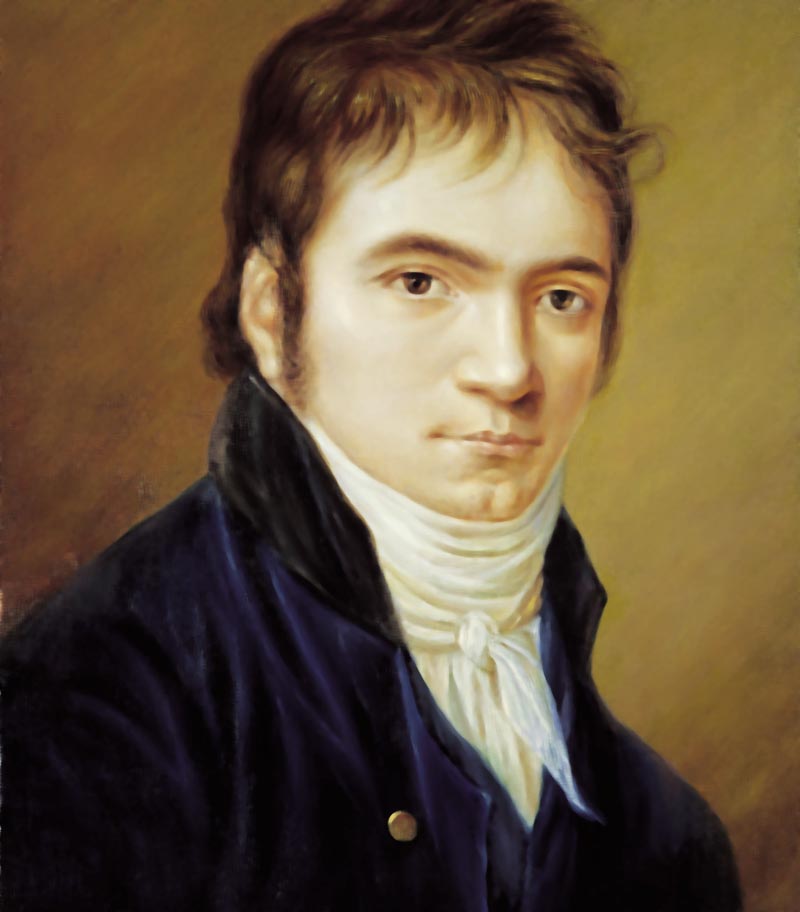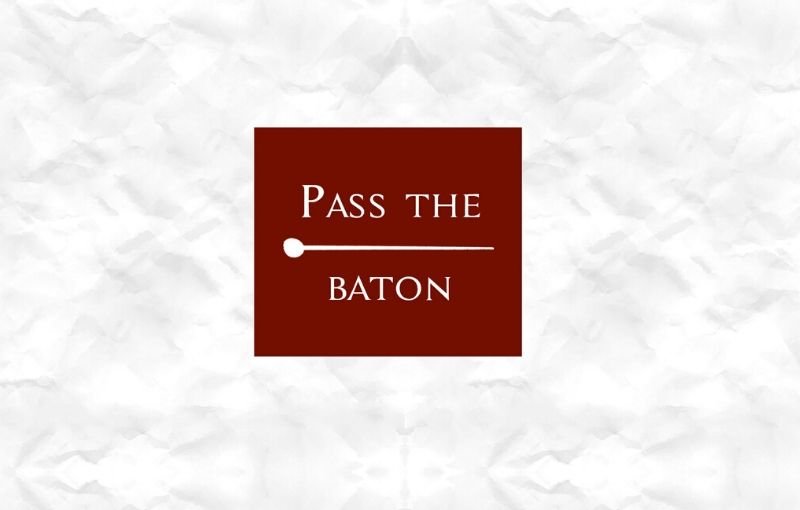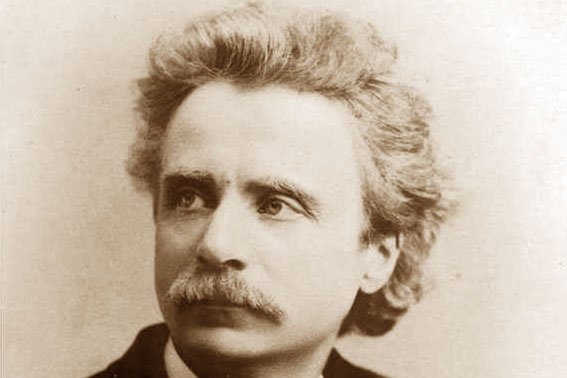Introduction
Schubert’s Unfinished Symphony is one of the mysteries of classical music: it is not his last symphony and the composer did not die before being able to complete it, as it happened only a few decades earlier with Mozart’s Requiem.
The quality of the 2 movements that Schubert wrote is stunning, and especially the first movement is one of the most innovative works he had ever written. So, why leave it on the side?
It needs to be noted that part of it was due to Schubert’s modus operandi: he used to write sketches of compositions and then simply abandon them. There’s a good amount of fragments of piano sonatas for instance, or string quartets (like the famous Quartettsatz).
In the case of this symphony though, it does seem quite strange that Schubert would fully complete 2 movements of a certain magnitude and then just cast the whole project away. And yet, that he did. By the way, this symphony was sent as a thank you gift for an honorary diploma he received from the Graz Music Society in 1823. It’s rather strange to send an unfinished work as a thank you gift.
Many theorized that Schubert may have sketched an ending that instead became the great entr’acte in B minor from his stage music for Rosamunde, but that’s all to be proven.
The reasons that led Schubert not to complete the symphony are unknown; it is believed that the composer considered the use of ternary time heavy in all movements (unusual in the structure of a symphony), in fact, the first movement is in 3/4, the second in 3/8 and the third would also have been in 3/4.

Ludwig van Beethoven in 1803, painted by Christian Horneman
Collection: Beethovenhaus Bonn
Given the fact that he had started and abandoned another 4 symphonies in the previous years, it could also be that he was going through a composing crisis, at least in regards to symphonic music. A self-doubt that was perhaps made bigger by the imposing and intimidating presence of another composer: Beethoven (who by the way was writing his 9th symphony in those years).
Schubert’s innovative composing process
The tone of the Unfinished is unusual for a symphony of the classical period (neither Haydn, Mozart nor Beethoven ever wrote symphonies in the key of B minor) and constitutes in itself a symptom of the incipient transition to romanticism.
Written in 1822, Schubert never got to hear this work: he died in 1828 and the Unfinished was premiered only in 1865, coincidentally on December 17th, Beethoven’s birthday.
Schubert reveals his innovative concept, rather different from his previous symphony, right from the beginning: the key of B minor, for one, and the orchestration. The trombones play in the first movement: this is something that had never happened until now. Not even in Beethoven, who introduces them in his 9th symphony in the second movement.
The trombone in the classical era had a symbolic value and was usually associated with death and life after it. This opening to a different world is one of the characteristics of this symphony.
But Schubert also takes a different compositional approach: we are not going to find here the typical Beethovenian contrasts and tensions, with radical rhythmic or dynamic changes. This is a more contemplative work, like a story with a lot of digressions, and filled with mystery.
[/ppp_patron_only]
Schubert’s Symphony n.8: an analysis of the 1st movement
First motive
A mystery that can be found right away in the first theme, exposed by the cellos and basses

There’s no harmony in the other instruments, only this line played in octaves.
A line that disappears completely in the exposition of the movement but that will form the basis for the development and the coda.
On the other hand, the first and second themes will see almost no development whatsoever. It’s another way for Schubert to take distance from the style of the classical period.
Oops...
This content is available for free with all memberships.
Already a member? Login here.
Not a member yet? Subscribe today and get access to more than 80 videos, scores analysis, technical episodes, and exercises.
First theme
Introduced by an anxious figure in the strings, the first theme is played by the oboe and clarinet

repeated with an echo of the horn, and then moves to the second theme.

Second theme
The music relaxes from a fp of the bassoons and horns and we’re taken to the second theme, introduced by an accompaniment of the double basses, violas, and clarinet. Notice how the clarinet double the violas to create a dark color in spite of the G major key.
It’s one of Schubert’s most famous themes, played by warm cellos

See how this is antithetic to Beethoven: the theme doesn’t strive to get bigger or get any propelling energy. It actually folds on itself going back to its starting point.
It’s retaken by the violins and everything is still. Until the forzatissimos of the full orchestra prelude to something much more dramatic. But that doesn’t happen. Part of the second theme comes back as if nothing happened.
The trombones add some drama to it but we are taken back to G major and, once again, to the second theme which plays an imitation game with itself. It’s picked up by the flute and then a single note of B in octaves through the orchestras announces the repeat of the exposition.

It’s quite evident how this approach differs from Beethoven’s, of whom Schubert was an admirer by the way (incidentally, his favorite symphonies were the 2nd and the 5th). In this movement the themes are not developed, they are repeated, the second theme on top of everything else; and they don’t attempt to push the musical thoughts anywhere but they are more static or, as said, contemplative.
Schubert uses a sort of external element (like the trombones) to inject drama within the symphonic structure. It’s a composing process that will, naturally, fascinate the upcoming generation of romantic composers.
Technical tip
Pay attention to bar 109 (and 327 in the recapitulation): Schubert holds a tonic B pedal in the second bassoon and first horn under the dominant F♯ chord. Unfortunately, a well-meant but somewhat inexperienced editor removed this dissonance by altering the second bassoon and first horn part. Conductors should check these parts carefully to make sure that the B pedal is still there.
Development
The entire development is based on the introductory theme. Schubert uses the fact that he presented the theme, in the beginning, without any harmony to take us to uncharted territories, with sonorities that had never been heard before.
We start in E minor but with the entrance of the violins and the answer of the violas and bassoons we move to different worlds

Notice the chromatism in the bass line pushing the crescendo to the repeated chords that explode in a fortissimo which drops back to piano right away. Schubert only takes the syncopations that introduced and accompanied the second theme but not its melody and he uses the theme to suspend time until another fortissimo.
The same process is repeated until the drama of the first motive explodes in the orchestra.

But then again Schubert takes a different direction: he pulls back to a pianissimo, 2 bars of crescendo and all of a sudden we are in a major key

Time is suspended again and we’re taken back to the recapitulation, where Schubert skips the introductory motive altogether and starts directly from the first theme. And everything returns as it was, almost romantically nostalgic.
Coda
The introductory motive will come back in a very compact coda where Schubert shows us new and different aspects of it. At first, he seems to close the lid with the answer of the winds

but then, he takes one element and repeats it

The final echoes of the first bar come back bouncing from one section to another and Schubert doesn’t even finish the movement in a classical way: after the final chords in fortissimo, the second to last bar has a diminuendo, at least according to Baerenreiter

According to Brahms, it was an accent. This actually falls into the old querelle of accents vs diminuendos in Schubert’s music. He did not have particularly neat handwriting and there is an eternal debate on what is what.
In conclusion
Nevertheless, the way you interpret it affects the whole idea of the symphony, whether it’s in the last bar or earlier in the movement: are you going for violent outbursts or for a resigned take on it? Which aspect do you see the most in these gestures?
It’s pretty clear how much Schubert is disrupting the rules of the classical era: there is not that sense of logic that one may find in Mozart or Haydn or Beethoven for that matter, even if in a different way. Schubert brings the irrational component to the table. That’s why this symphony is sometimes addressed as the first romantic symphony.











0 Comments